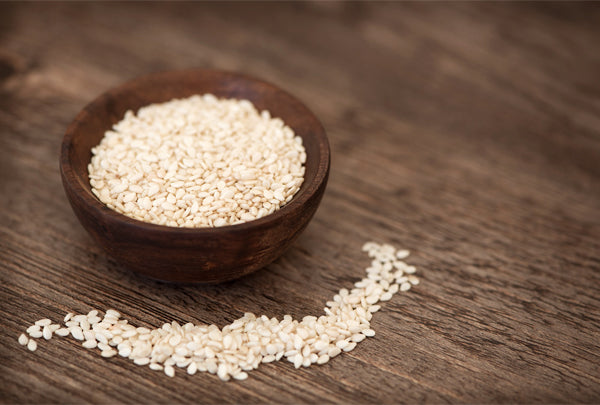
Facts You Need to Know about Sesame Allergy
Share

Sesame allergy has been around for a long time and just like any other food allergies, its origins were unknown and so as its cure.
Many think that it is underrated compared to other allergies and that is compromising the safety of people who have it. If you’re familiar with FALCPA (Food Allergen Labeling and Consumer Protection Act), the act requires food manufacturers to plainly state in English their ingredients that belong to the top 8 allergens namely milk, eggs, tree nuts, peanuts, fish, shellfish, soy, and wheat.
Since sesame seeds are not in that top list, it somewhat paves way for food manufacturers, especially those who sell freshly made foods like bakeries, pastry shops, and the likes to not include it on their product label.
There are several cases of anaphylaxis due to this matter that sadly leads to deaths that when an investigation is done, one culprit always stands out and that is the sesame seed ingredient was not declared or even included on the food label.
How Many People Are Affected?

Recently, the numbers of people who have food allergies have been identified and with that study, they came up with .5 million people suffering from sesame allergy in the US. That study was published on JAMA Network Open.
Signs and Symptoms
We wanted to clarify that every reaction from Sesame may be different but to give you an idea here are the common symptoms of a sesame allergy attack.
- difficulty breathing
- coughing
- low pulse rate
- nausea
- vomiting
- itchiness inside the mouth
- abdominal pain
- flushing in the face
- hives
This list of symptoms may be incomplete but the goal is to help you anticipate if you’re having an allergy attack. Nothing beats your doctor’s advice and recommendation.
Where do we usually find Sesame?
If you have Sesame seed allergy, you need to familiarize yourself with dishes, condiments, bread, and the likes that contain it.
- Aqua Libra Benne
- Benniseed
- Gingelly seeds
- Gomasio or gomashio
- Halva or halva
- Hummus
- Pasteli
- Sesame
- Sesame seed
- Sesamol
- Sesomolina
- Sim sim
- Tahini or tahina
- Til
- Edible seeds
Sesame allergy attacks may lead to anaphylaxis (severe allergy attack) and should not be taken lightly. Our best safety move is to avoid it and we can do that by familiarizing ourselves of what foods include it as ingredients, buying and supporting trusted food allergy safe brands, doing research if we wanted to try new food or cosmetics, or even watching for food brands that may prepare your sesame seed free food for cross contamination.
Another food allergy safety tip is to always bring your EAI with you anywhere, at all times. Sadly, it’s hard to predict or even anticipate where and when you can be exposed with your allergen so doesn’t hesitate to bring your favorite brand of epinephrine whether it’s EpiPen or Auvi-Q.
If you’re looking for a reliable and quality EpiPen or medicine case that will protect your auto-injectors and other important meds that you can carry anywhere then check out our PracMedic Bags Medicine Case. Visit our website at www.pracmedicbags.com for more details.

References:
Medical News Today: https://www.medicalnewstoday.com/articles/322743.php
Allergy Northwest UK: https://allergynorthwest.nhs.uk/resources/allergy-leaflets/sesame-seed-allergy/
Anaphylaxis.org: https://www.anaphylaxis.org.uk/wp-content/uploads/2015/06/Sesame-Allergy-2016v2.pdf
NCBI NLM NIH: https://www.ncbi.nlm.nih.gov/pmc/articles/PMC5414576/
